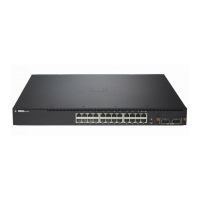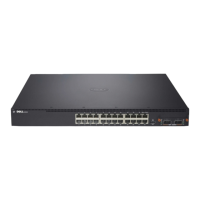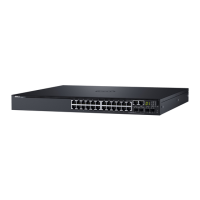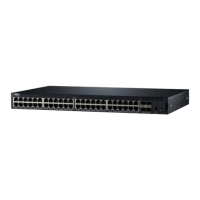Configuring Routing Interfaces 843
30
Configuring Routing Interfaces
This chapter describes the routing (layer 3) interfaces the PowerConnect
7000 Series switches support, which includes VLAN routing interfaces,
loopback interfaces, and tunnel interfaces.
The topics covered in this chapter are:
• Routing Interface Overview
• Default Routing Interface Values
• Configuring Routing Interfaces (Web)
• Configuring Routing Interfaces (CLI)
For information about configuring IPv6 characteristics on routing interfaces,
see "Configuring IPv6 Routing" on page 1057.
For configuration examples that configure VLAN routing interfaces, see "IP
Routing Configuration Example" on page 904 in the Configuring IP Routing
chapter. For a configuration example that includes tunnel and loopback
interface creation, see "Interconnecting an IPv4 Backbone and Local IPv6
Network" on page 1006.
Routing Interface Overview
Routing interfaces are logical interfaces that can be configured with an IP
address. Routing interfaces provide a means of transmitting IP packets
between subnets on the network.
What Are VLAN Routing Interfaces?
VLANs divide a single physical network (broadcast domain) into separate
logical networks. To forward traffic across VLAN boundaries, a layer 3 device,
such as router, is required. PowerConnect 7000 Series switches can act as layer
3 devices when you configure VLAN routing interfaces. VLAN routing
interfaces make it possible to transmit traffic between VLANs while still
containing broadcast traffic within VLAN boundaries. The configuration of
VLAN routing interfaces makes inter-VLAN routing possible.
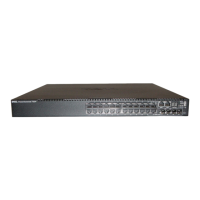
